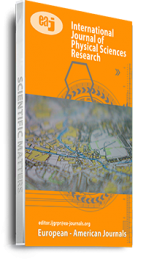The socio-economic implication of housing density composition in residential estates is somewhat less straight forward. From the perspective of urban economists, the intra-urban location of forms, workers and households cause variation in the demand for housing and commercial space. The 2003 United Nation Report noted that by 2030, about 60 percent (3/5 of the world’s population) will live in urban areas. In view of the attendant problems, the study focused on the socio-economic implications of housing density mix in residential estates of urban area using Akure, Nigeria as a case study. The study identified eight major socio-economic variables in eleven residential corridors of Akure to evaluate their impact on housing density mix. One estate was picked at random from the residential corridors for the study. 933 buildings were systematically selected for administration of questionnaires. For easy identification, maps were generated for each of the selected residential estates. The maps showed the buildings and roads, which were used in distributing and administering the questionnaire. It was observed that, the area was mainly dominated by civil servant with medium housing density development. Also, the degree to which socio-economic characteristics impacted housing density was positive with correlation coefficient (r) = 0.559 and coefficient of determination (R2) of 0.312. This implies that, socio-economic variables accounted for 31.2% of housing density in the area. The study suggested that government should introduce land use zoning to enhance effective land use planning and ensure proper housing density in the area.
Keywords: density mix; residential development., socio-economic; housing

